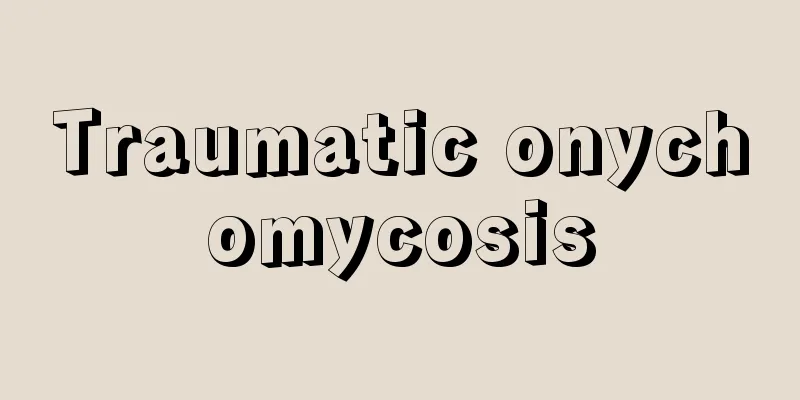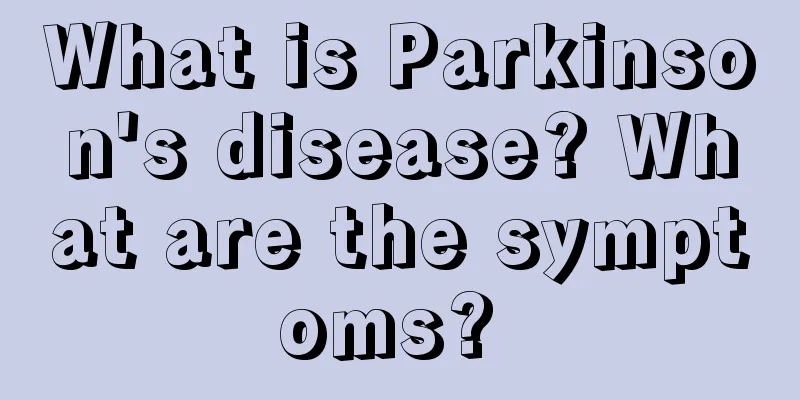Traumatic onychomycosis

|
There are many causes of onychomycosis, among which traumatic onychomycosis is also very common. If the trauma is not treated properly, it is easy to induce fungal infection and eventually cause onychomycosis. This is also a common cause of onychomycosis. When this kind of onychomycosis occurs, you must take appropriate methods to treat it, especially the use of some antifungal drugs. During the treatment of onychomycosis, you must remain patient to avoid recurrence of the disease. Traumatic onychomycosis 1. Topical Antimicrobial Drugs Topical antibiotics should be used for symptomatic treatment, and it is best to use them in a targeted manner according to the different pathogens. Generally, mild infections of the nail plate are easier to treat, while severe infections are less effective. Some topical antibiotics are difficult to penetrate the nail plate and need to be removed before they can have an antibacterial effect. Currently, there are two types of topical drugs for the treatment of onychomycosis: (1) Imidazole drugs mainly include: clotrimazole, econazole, miconazole, ketoconazole, bifonazole, sulconazole, tioconazole, clotrimazole and other imidazole drugs. (2) The main acrylamine drugs include: naftifine, trinaphthofine, cyclopirosulfide, amorolfine, etc. The more commonly used topical antifungal drugs include tioconazole, amorolfine, cyclopirosulfide, and bifonazole, which are better than other antifungal drugs or dosage forms. 2. Oral antibiotics Oral antibiotics also require targeted treatment. Some patients are suitable for taking oral antibiotics, while others are not. This must be taken seriously. Patients with onychomycosis must remember to take medication under the guidance of a doctor in a regular hospital and never take it indiscriminately. Onychomycosis has a high incidence and recurrence rate. Unlike a single bacterial infection, it is an infection of many types of fungi. It remains a difficult public health problem to overcome. So far, there are five commonly used oral drugs for the treatment of onychomycosis: griseofulvin, ketoconazole, fluconazole, itraconazole and terbinafine. 3. Surgical nail removal Onycholysis is the removal of the diseased nail plate by surgical or chemical methods. The most commonly used method is onycholysis. Onychomycosis treatment can usually be an auxiliary treatment. Generally, removing the diseased nail can shorten the course of topical antibiotics and systemic treatment of onychomycosis. If only surgical nail removal treatment is used, the cure rate is low and recurrence is easy. Warm reminder: Only after fully understanding the causative factors of this disease can we say "no" to onychomycosis fundamentally. |
<<: What are the truly effective hair growth methods
>>: How many types of onychomycosis are there
Recommend
The effect of Hunyuan lying
In life, we will find that many middle-aged and e...
One hour after eating a burger, the changes in your body are so amazing!
Nowadays, many people like to eat hamburgers very...
How much does chemotherapy cost for malignant ovarian cancer
How much does chemotherapy cost for malignant ova...
How to identify whether jade is real or fake
Jade has been loved by people since ancient times...
I always feel like my throat is blocked recently
I have been feeling a blockage in my throat latel...
What is the white solid in the tooth filling
After a tooth becomes diseased, the dentist will ...
What foods are good for preventing liver cancer? Eating more three kinds of bamboo shoots is effective in preventing liver cancer
1. Bamboo shoots: laxative and detoxifying Bamboo...
Several good habits to nourish the stomach in winter
We all know that if the stomach is healthy, then ...
The efficacy and function of capsaicin
The reason we feel a burning sensation when we ea...
How to treat severe Guillain-Barré syndrome
Guillain-Barré syndrome is an autoimmune disease ...
What is the cure rate of early bile duct cancer?
Whether bile duct cancer can be completely cured ...
Special considerations for preventing lymphoma in children and adolescents
Although the causes of lymphoma in children and a...
Which kind of honey is best for weight loss
Honey is a natural edible substance produced by b...
How to choose an air purifier?
In order to breathe fresh air, people living in c...
What medicine to take for rotator cuff inflammation
Rotator cuff inflammation is a relatively common ...









